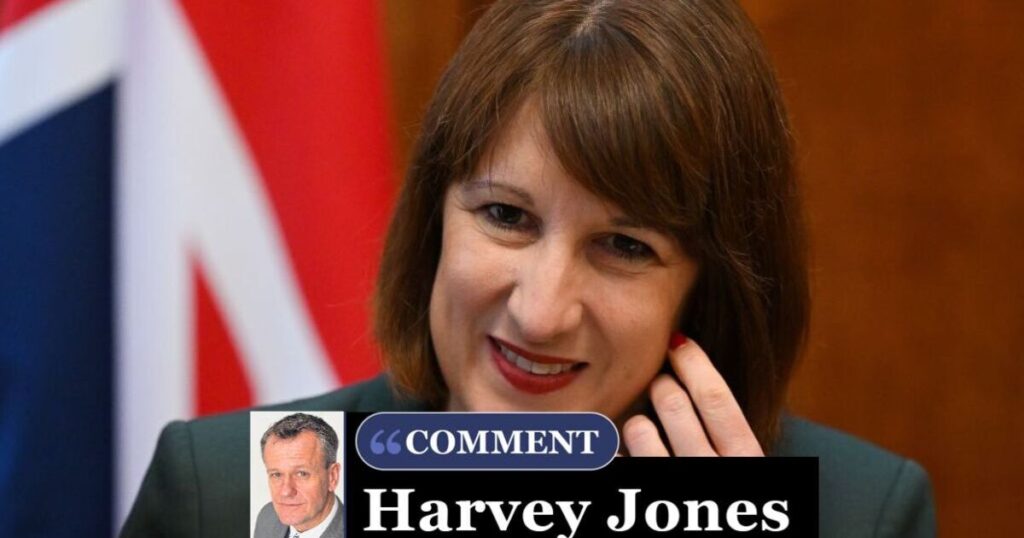
The UK state pension age has been inching upwards for years. Once set at 60 for women and 65 for men, it was equalised at 65 in 2018, then increased to 66 by 2020. That’s already left many struggling, especially so-called WASPI women, born in the 1950s who had to wait an extra six years for theirs.
The pain won’t end there. A further rise to 67 is already on the books, officially scheduled to begin in 2044, with the process ending in 2046. Ultimately, it could climb past age 70.
Experts have long warned that current timetable is too lax. In 2017, a report by former Confederation of British Industry boss John Cridland advised pulling the hike forward to 2037. Baroness Neville-Rolfe’s 2023 review pushed for 2041.
It’s a right old mess. Nobody really knows what’s happening. Or so we all thought.
A new report suggests Rachel Reeves may have quietly settled the issue. She just hasn’t told us yet.
The clue lies in last week’s Fiscal risks and sustainability report from the Office for Budget Responsibility (OBR), an independent body but one with deep ties to government.
It was presented to Parliament by the Treasury, and sets out whether the government’s books will remain balanced.
On pensions, the report gives a clear warning. State pension spending has ballooned from around 2% of GDP in the mid-20th century to 5% today, costing us £138billion.
By the early 2070s, the cost could hit 7.7% of GDP, the second-biggest rise in spending after healthcare.
The OBR claims that unless current state pension policy settings are changed, UK « debt would be on an unsustainable path”.
Something has to give. And here’s the thing.
Every projection in the report is built on one key assumption – that the state pension age will rise to 67 between 2037 and 2039.
That’s seven years earlier than the existing legal timetable. The 2044 hike that’s been formally legislated for doesn’t even get a mention.
A pensions expert flagged this to me with concern. He fears the Treasury has quietly adopted the earlier date without telling voters. The sums all rely on it. The message? The earlier hike isn’t up for debate. It’s happening.
The OBR doesn’t set policy, but it heavily shapes it. Twice a year, it produces a five-year forecast setting out what the Chancellor can and can’t afford.
If its spreadsheets are based on an earlier rise to 67, then Rachel Reeves may have just accepted that as gospel. Which means Treasury planning already assumes people will have to work longer, even if Parliament hasn’t approved it.
It’s starting to feel like the decision’s been made behind closed doors, with nobody willing to say it out loud.
Given the demographic crunch and the dire state of the nation’s finances, that would hardly be a shock.
The OBR won’t spell it out. And Reeves won’t want to take the blame. But at some point, we need to be told the truth.
In my view, the date is already set. Ministers just don’t want us to know.
